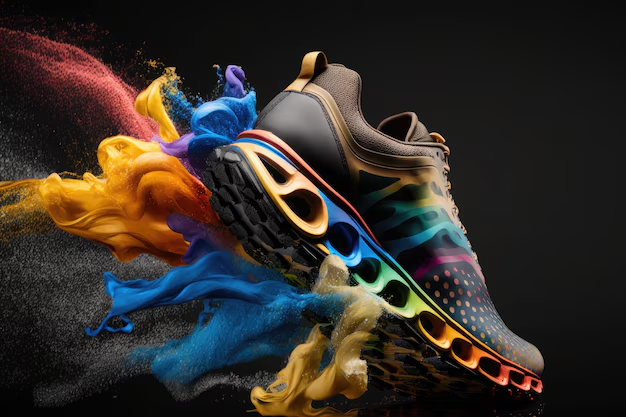


Nike's ongoing challenges are providing Adidas with an opportunity to continue capturing market share from its larger U.S. competitor. However, the German brand must work diligently to maintain consumer interest in its popular Samba and Gazelle terrace sneakers.
These shoes have significantly contributed to Adidas's sales over the past year, with analysts anticipating third-quarter revenues of €6.4 billion, reflecting a 10% increase in currency-adjusted terms when the company reports earnings on October 29. Despite this success, industry experts warn that the Samba may not retain its status as the "it shoe" for much longer.
According to Aneesha Sherman, an analyst at Bernstein, "The sneakerheads and more fashion-conscious consumers already own these shoes. We're now observing Adidas trying to maximize the remaining trend by introducing lower price points in the terrace category." She adds that there's still potential for growth since there are consumers who either haven't purchased these shoes yet or are reluctant to pay the $100 price tag but would consider a $60 option.
To appeal to shoppers looking to embrace the trend while maintaining a sense of individuality, Adidas continues to release new colorways for the Samba, Gazelle, and Spezial. Some models feature unique designs, such as football boot-inspired tongues and contrasting stripes made from materials like velvet. This strategy has kept third-party retailers, such as JD Sports, satisfied for the time being. In a statement on July 31, Adidas CEO Bjorn Gulden mentioned that the brand is still "chasing demand" from retailers.
Matt Powell, a sneaker industry expert and senior advisor at BCE Consulting, noted the delicate balance brands must strike: "There’s always a push and pull. Consumers want more, retailers want more, but the brand has to take a step back to ensure longevity." He believes that Adidas would benefit from slowing down production of the Samba and Gazelle to enhance sell-through rates, which measure the percentage of product sold by retailers after being received from suppliers.
Indications suggest that Adidas is shifting its focus to other styles, such as the Campus and the SL72 "retro running" sneaker. Stella McCartney's recent Paris Fashion Week show showcased a new Adidas model inspired by motorsport racing shoes, capitalizing on the rising popularity of Formula 1, which recently announced a decade-long partnership with luxury group LVMH.
Additionally, Adidas can no longer depend on strong revenues and profits from its remaining Yeezy sneaker stock, as demand for the line, created by the controversial rapper Kanye West, has diminished. An Adidas email to sneaker club members in August promoted discounts of up to 70% on Yeezy products.
Despite these challenges, with Nike recently retracting its annual guidance and indicating a lackluster holiday trading season as a new CEO takes charge, Adidas finds itself in a prime position for growth. This is especially true in the U.S., where Nike has a stronghold and Adidas has previously relied heavily on its Yeezy range.
In Europe, Adidas has gained market share over the past year, while Nike's share has declined, according to direct-to-consumer sales data from Consumer Edge, which also highlights significant gains made by On Running, Puma, and Hoka.
Sherman from Bernstein predicts that Adidas will continue to capture market share over the next year, as it will take time for Nike to improve its performance. "Things could change if Nike launches a compelling lifestyle shoe in the spring that gains traction over the summer. If that happens, we might see a shift, where the 'it shoes' of summer 2024 could be from Nike instead of the Samba and Gazelle."
Paraphrasing text from "Reuters" all rights reserved by the original author.
